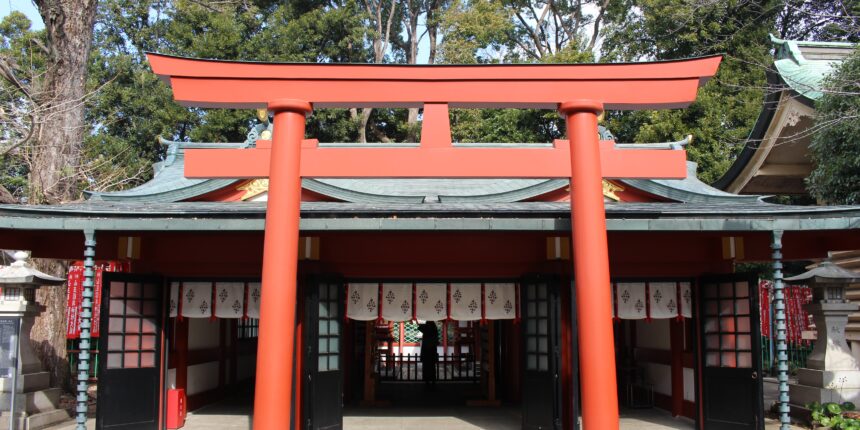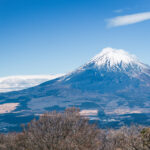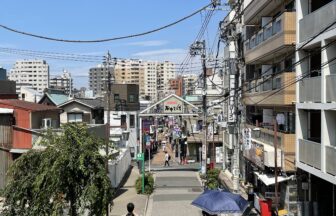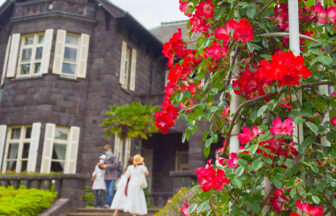Temples and shrines were carefully allocated to protect the Edo castle from evil spirits according to Fusui which is a unique Japanese thought. Hie Shrine is one of them.
A customer asked me to guide to Hie-shrine in Tokyo. As I did not know the history of it, I checked some articles about the Hie Shrine and the Edo castle. Then, I found this interesting story.
1. History
In the early 17th century, Tokugawa Ieyasu(1542-1616) became Shogun and established his headquarters in Edo. At that time, Tenkai Buddhist monk (1536-1643) worked for Ieyasu as a strategist. He was said to have planned the locations of temples and shrines based on Fusui (Feng Shui). He tried to protect the Edo castle from evil spirits.
Fusui is a unique Japanese thought based on Feng shui, the ancient Chinese art of placement, used to create harmony in our environment through the manipulation of energy.
2. System of protecting the Edo castle
According to Fusui, northeast is called Kimon, demon’s gate, and southwest is called Ura-kimon, back demon’s gate. They are unlucky directions. Evil spirits are believed to come from these directions. In order to protect the Edo castle, it was necessary to allocate sacred spots such as temples or shrines in northeast and southwest of the Edo castle. Tenkai ordered to allocate temples and shrines as shown in the following picture.
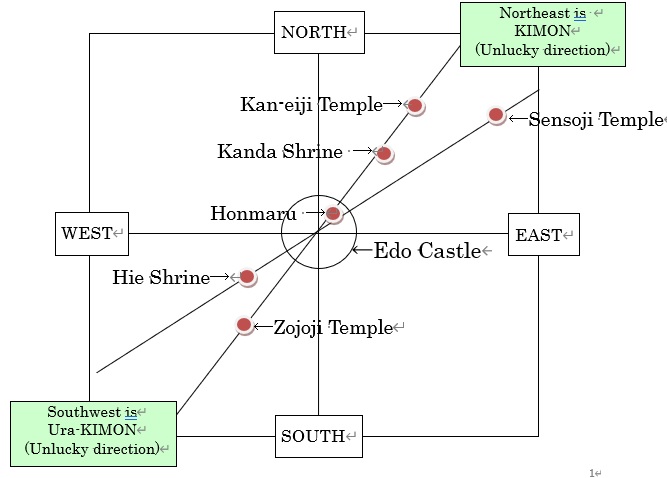
2. Imperial palace (former Edo castle), temples and shrines

The Imperial palace used to be the Edo castle, where Tokugawa Shogun’s residence and the center of the Tokugawa Shogunate.
(1) Hie-shrine
It is located in Nagatacho, southeast of the Edo castle. Its original shrine was created in late 15th century in north of Edo and was moved near the Edo castle. In 1657, it was again moved to Nagatacho. The shrine has been worshiped as a guardian god of Tokugawa family especially.

(2) Kan-eiji temple
It is located in Ueno, northeast of the Edo castle. It was dedicated to Tokugawa family, so there are several Shogun’s graves.
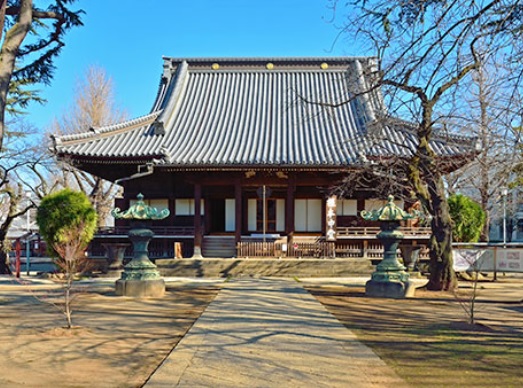
(3) Kanda-myojin shrine
It is located in Kanda, northeast of the Edo castle. It was worshiped as the Edo Sochinju (the center place to pray for local gods) by the Shogunate.
(4) Zojoji temple
It is located in Shiba, southwest of the Edo castle. It was dedicated to Tokugawa family as well, so there are several Shogun’s graves.

(5) Sensoji temple
It is located in Asakusa, northeast of the Edo castle.
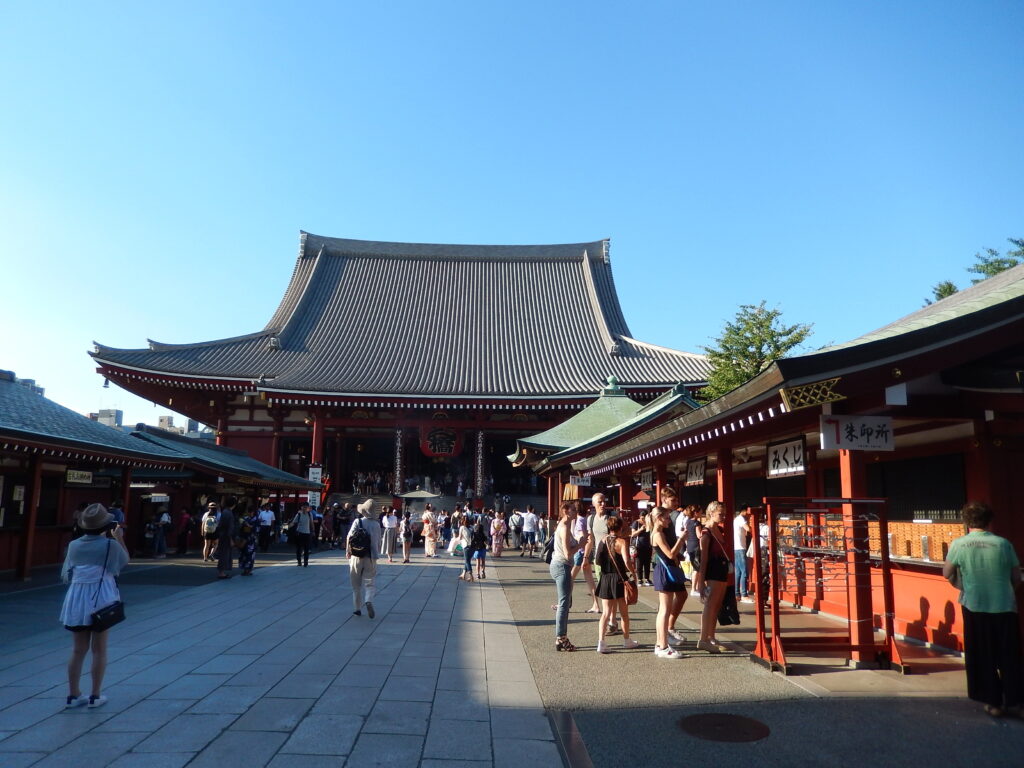
4. Reference
(1) The pamphlet of Hie jinja
(2) 家康と天海の江戸城総構え (https://wako226.exblog.jp/)
■ Contact
If you want to feedback to the author “Eddy Murayama”, please fill in the form below:

